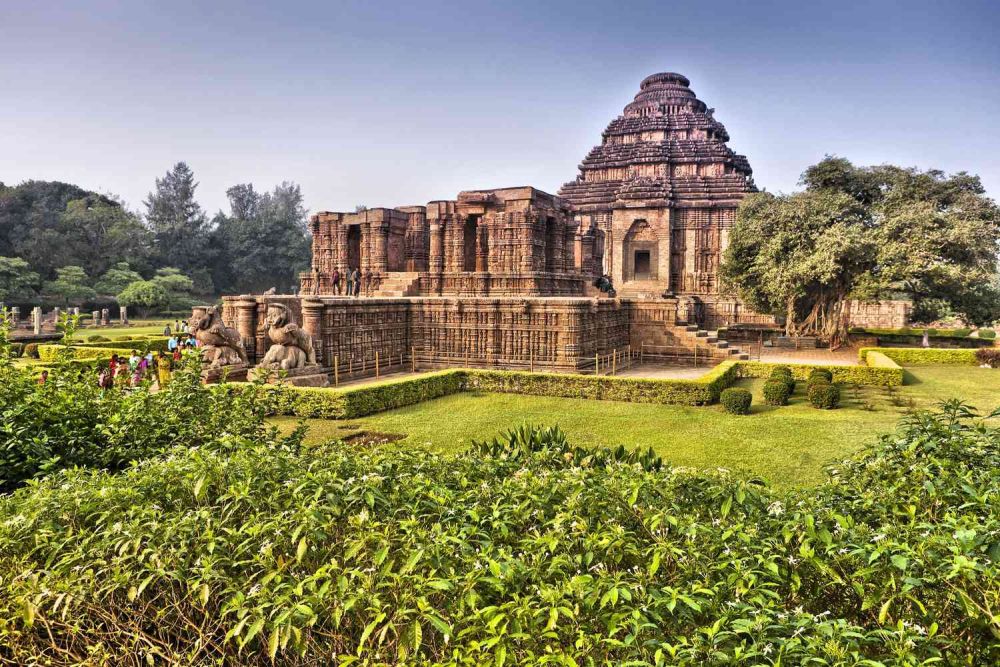

The Konark Sun Temple, located in Konark, Odisha, India, stands as a testament to the architectural prowess and spiritual significance of ancient Indian culture. Built in the 13th century by King Narasimhadeva I of the Eastern Ganga Dynasty, this grand temple was conceived as a gigantic stone chariot with elaborately carved wheels, walls, and pillars, symbolizing the chariot of the Sun God, Surya.
The history of tourism at Konark Sun Temple is intertwined with its rediscovery during British colonial rule. Following years of neglect and damage caused by both natural elements and invaders, the remnants of the temple were brought to greater international attention in the 19th century. Sir John Hubert Marshall, an archaeologist and the Director-General of the Archaeological Survey of India, played a pivotal role in the conservation efforts of the temple's ruins.
Despite being in ruins, Konark Sun Temple has attracted scholars, historians, and tourists from all over the world due to its intricate and symbolic design. Its place in the UNESCO World Heritage Site list, designated in 1984, has significantly boosted tourism in Odisha while emphasizing the temple's importance as a cultural and historical heritage.
The temple's architecture follows the traditional style of Kalinga architecture. It is renowned for its exquisite stone carvings that cover the entire structure. The temple's chariot-like form is dominated by 12 pairs of stone wheels, associated with the 12 months of the year, and seven horses at the front, representing the days of the week. These elements not only contribute to its grandeur but offer valuable insights into the scientific and astronomical knowledge of the times.
Today, the Konark Sun Temple remains a prime attraction for cultural and heritage tourism in India. Its artistry and the annual Konark Dance Festival, which showcases classical dance forms amidst the temple's evocative backdrop, draw numerous visitors. This festival, along with the Sun Temple's magnetism, plays a significant role in the preservation of Indian dance traditions and cultural tourism.
In recent years, with the rise of digital platforms and social media, global awareness about the temple has increased, leading to a new wave of international visitors keen to explore India's ancient monuments. Sustainable tourism practices are also being adopted to ensure that the increasing footfall does not adversely affect the temple complex.
For those planning to visit, the temple is open to the public throughout the year. However, the best time to visit is during the cooler months from October to February. Tourists can also enjoy the nearby Chandrabhaga Beach and participate in the Konark Festival, which usually takes place in December, for a holistic cultural experience.
With its glorious past and enduring appeal, the Konark Sun Temple continues to be an iconic destination for travellers from across the globe, fostering an appreciation for India's rich heritage and its timeless architectural wonders.